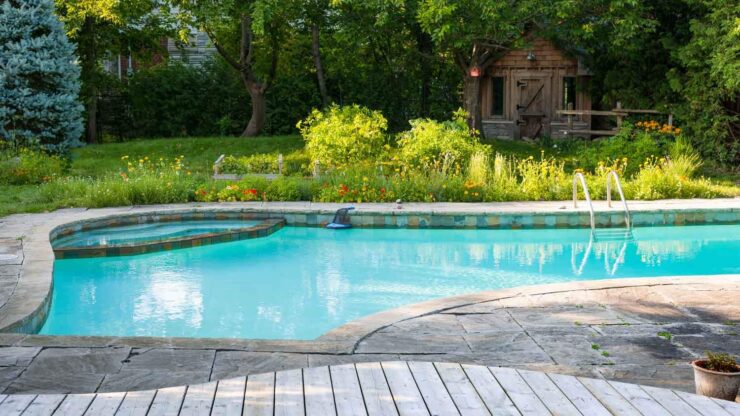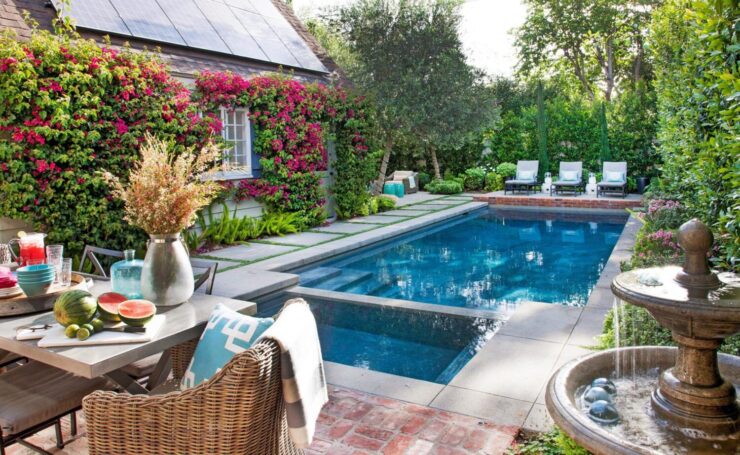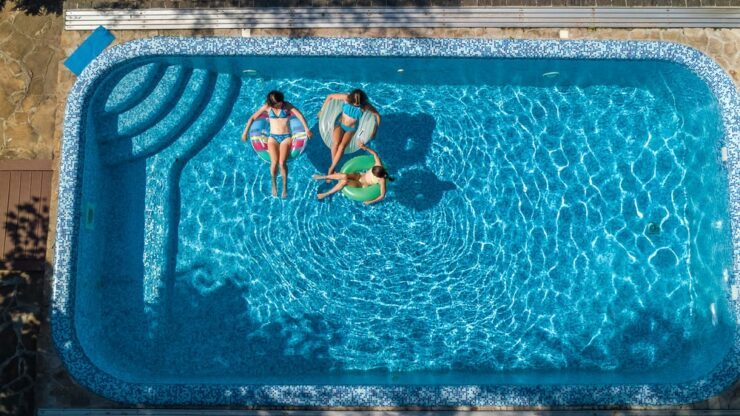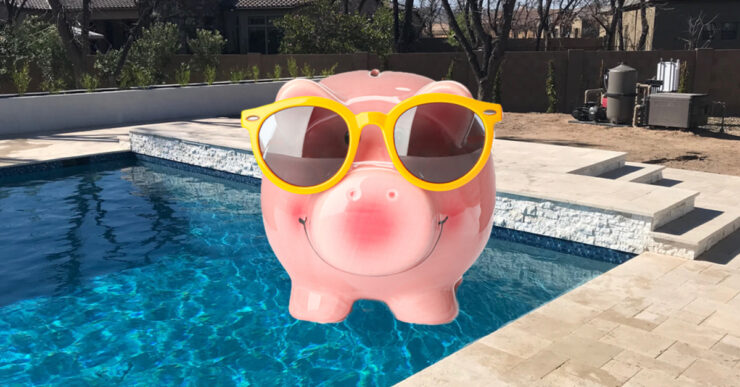Achieving pool dreams on a budget is not only possible but also rewarding, especially in Low Country, South Carolina, where swimming and lounging poolside are a cherished part of the local lifestyle. The prospect of owning one, however, can be intimidating, with thoughts of high costs and complex installations. Our focus is to debunk these notions, providing valuable insights into affordable, small-sized installations that enrich your backyard experience without breaking the bank. Let’s dive into our journey to affordable pool ownership.
Assessing Your Pool Needs

First and foremost, you need to assess your pool needs carefully. These will be dictated by various factors like your backyard size, how frequently you intend to use the pool, the number of users, and your desired features. For instance, if you’re a fitness enthusiast looking for a place to swim laps, a long and narrow lap one would be your best bet. Alternatively, for those seeking a leisure spot for occasional dips and socializing, a smaller plunge pool would suffice. Identifying your needs will help you determine the type and size of the pool, setting the stage for cost-effective project planning.
Little Pools
Known for their affordability and versatility, little, or compact pools, have been gaining popularity in Low Country, South Carolina, where there are a lot of reputable dealers such as PoolWorks. They take up less space, fit into diverse backyard layouts, and still offer all the benefits of a regular pool. Whether you choose a simple plunge one, a therapeutic one, or a playful cocktail type, these compact designs can cater to your needs while being kind to your budget. Moreover, smaller ones typically require less water, chemicals, and energy for maintenance, further lowering your long-term ownership costs.
1. Researching Local Regulations
Before proceeding with pool installation, familiarizing yourself with local regulations is critical. Every region has specific requirements for permits and zoning, and Low Country is no different. These might dictate where your project can be placed, how large it can be, safety features required, and more. Violating these rules could lead to hefty fines or even pool removal, so it’s crucial to get it right the first time. Your local Homeowners Association (HOA) or County Planning Department should be able to provide you with relevant information.
2. Setting a Realistic Budget

Creating a realistic budget for your pool installation is a vital step. Your budget should account for factors such as the pool type, materials used, labor costs, landscaping, and the expenses of ongoing maintenance. Be mindful that budgeting isn’t only about the upfront cost of the project. Energy bills, routine cleaning, water treatment, and periodic repairs are also part of the pool ownership experience. Remember, it’s better to slightly overestimate your budget than to underestimate it and encounter surprises down the line.
3. Exploring Financing Options
Affording a pool is made easier with various financing options available today. These include personal loans, home equity loans, and pool-specific financing programs. Each option has its pros and cons and should be carefully evaluated based on your financial situation and repayment capacity. Many builders and manufacturers offer in-house financing programs with competitive interest rates, which can be a viable alternative to traditional bank loans. Doing your research can help you find a financing solution that fits your budget and doesn’t overstretch your finances.
4. Choosing the Right Design
Your pool design plays a significant role in cost determination. Opting for simple geometric shapes with minimal features can save you a considerable amount. Avoiding intricate designs and expensive materials like natural stone and opting for more cost-effective materials like fiberglass or vinyl can result in significant savings. Also, the type and size of your pool will affect its price. Little ones typically cost less to install and maintain, making them a budget-friendly option.
5. DIY vs. Professional Installation
The choice between DIY and professional pool installation depends largely on your skill set, time availability, and project complexity. While DIY can save on labor costs, it often requires a steep learning curve, ample time, and potential troubleshooting for unexpected issues. Professional installation, on the other hand, comes with higher upfront costs but offers expert craftsmanship, reduced installation time, and often includes warranties that protect your investment.
6. Seeking Quotes and Comparing Options

Obtaining multiple quotes from reputable contractors in the Low Country region is an essential step in your installation journey. Each quote should detail costs for materials, labor, and any extras like landscaping or pool decks. Compare not just the overall costs, but also the quality of materials, services offered, and warranty coverage. Never hesitate to ask questions or seek clarifications. Your chosen contractor should be transparent, communicative, and willing to work within your budget.
7. Maximizing Efficiency and Savings
Long-term pool ownership costs can be minimized by focusing on energy efficiency. Opting for energy-efficient equipment, like variable speed pumps, LED lighting, and solar heaters, can lower your energy bills significantly. Regularly optimizing your filtration system and maintaining appropriate chemical levels can also extend your equipment’s lifespan and prevent costly repairs. Simple practices like covering your pool when not in use to reduce evaporation can help conserve water and save on your water bill.
8. Landscaping and Surroundings
While it’s tempting to dream of lavish pool surrounds and landscaping, these can be executed affordably with some creativity. Instead of high-cost options like natural stone, consider using gravel, pavers, or composite materials. These alternatives can create an appealing area that complements your backyard without incurring extravagant expenses. Native plants, grasses, and shrubs can also provide a cost-effective and low-maintenance landscaping solution around your pool.
9. Ownership and Maintenance

Finally, responsible ownership is key to enjoying your pool for years to come. Regular maintenance, responsible water use, and adherence to local safety guidelines ensure your space stays clean, safe, and efficient. Consider investing in a good cover, regular professional servicing, and water-saving devices to extend the life of your pool and maximize enjoyment.
Note: This guide serves as a general overview and should not replace professional advice. Consult with local authorities and professionals in the pool industry to ensure compliance with specific regulations and best practices in the Low Country, South Carolina region. Here’s to achieving your dreams on a budget! Dive in, the water’s fine.

